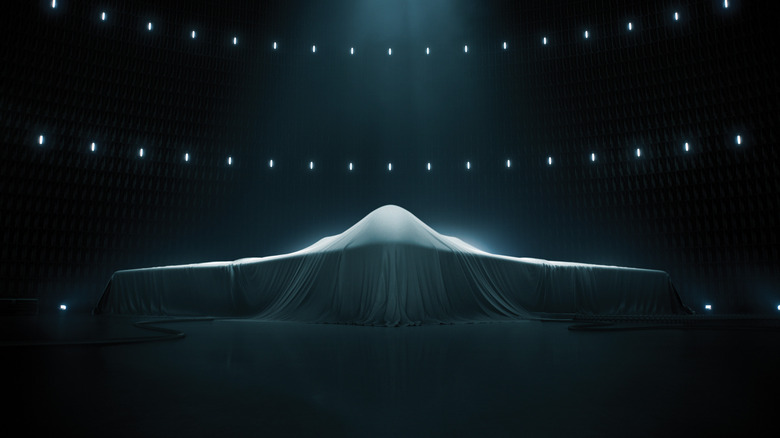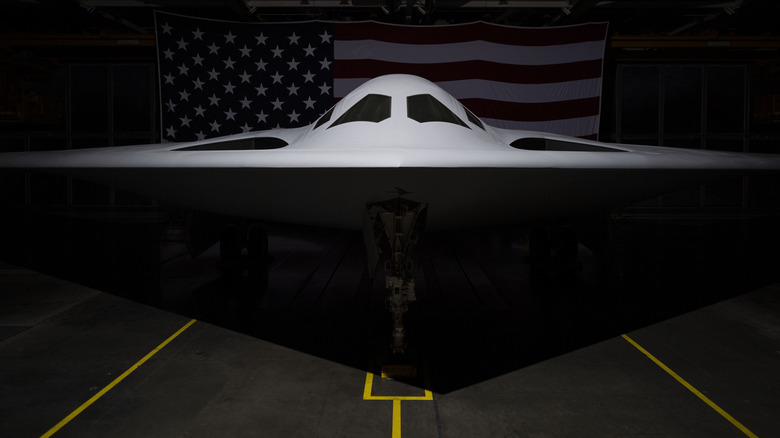The US Just Changed Nuclear Bombers Forever
The US Air Force just unveiled the first new stealth bomber in three decades. The Northrop Grumman B-21 Raider is intended to usher in a new age of airborne warfare.
At present, there are three bombers in active use by the United States military: the B-52 Stratofortress, the B-1B Lancer, and the B-2 Spirit. All of the above have been in service for many years. The B-52 is coming up on an astonishing seventy years in service. The B-1B will be celebrating its 40th anniversary in 2026. Even the Spirit, America's iconic "stealth bomber," has haunted the skies for over 30 years.
As modern warfare has transitioned from saturation bombing by manned defense platforms to drone strikes and precision munitions, the three old warhorses are starting to look dangerously outdated, particularly with the new Chinese Xian H-20 and Russian Tupolev PAK DA soon to enter service (via Al Jazeera). Northrop Grumman designed the B-21 to replace all 3 of the bombers currently in service, patching known holes in America's airborne defense solutions.
Wings of war
The headline on the B-21 is unquestionably its autonomous capability. On paper, the B-21 can fly and fight without a human crew aboard. Per the Department of Defense, the Raider is "designed to accommodate manned or unmanned operations." Both government and private sector sources have been quick to qualify that statement, however. Military.com quotes Mackenzie Eaglen of the American Enterprise Institute as saying "I don't see the technology there yet to take the pilot out of the equation," noting that "increasingly, the machine will be making the calculations and decisions, but a human will be there to authorize it or possibly walk it back." At the same time, even limited autonomous capability would be a major shift in the strategic possibilities of America's bomber fleet.
Beyond the potential for autonomous flight, the Raider is fundamentally a step forward rather than a paradigm shift, built to address specific shortfalls in current US bombers. Like the B-2, which its external design closely resembles, the B-21 is built for stealth, with due upgrades for improvements in detection technology. Where it truly laps the older bombers, however, is in its brain. As Al Jazeera reports, the Raider is built both to deliver destruction and to "gather and relay information to friendly aircraft, satellites, radars and more." The B-21 is a product of the digital world, designed for informational as well as physical warfare in a way not even envisioned by its elder forebears.
Finally, in what may be the most remarkable note of the B-21's rollout, it arrived on time and within budget, a rarity for major Pentagon projects. It's also significantly cheaper than the B-2 and designed to be updated inexpensively throughout its operational life, with a software infrastructure built on open-source systems and data stored in the cloud (via Northrop Grumman).

